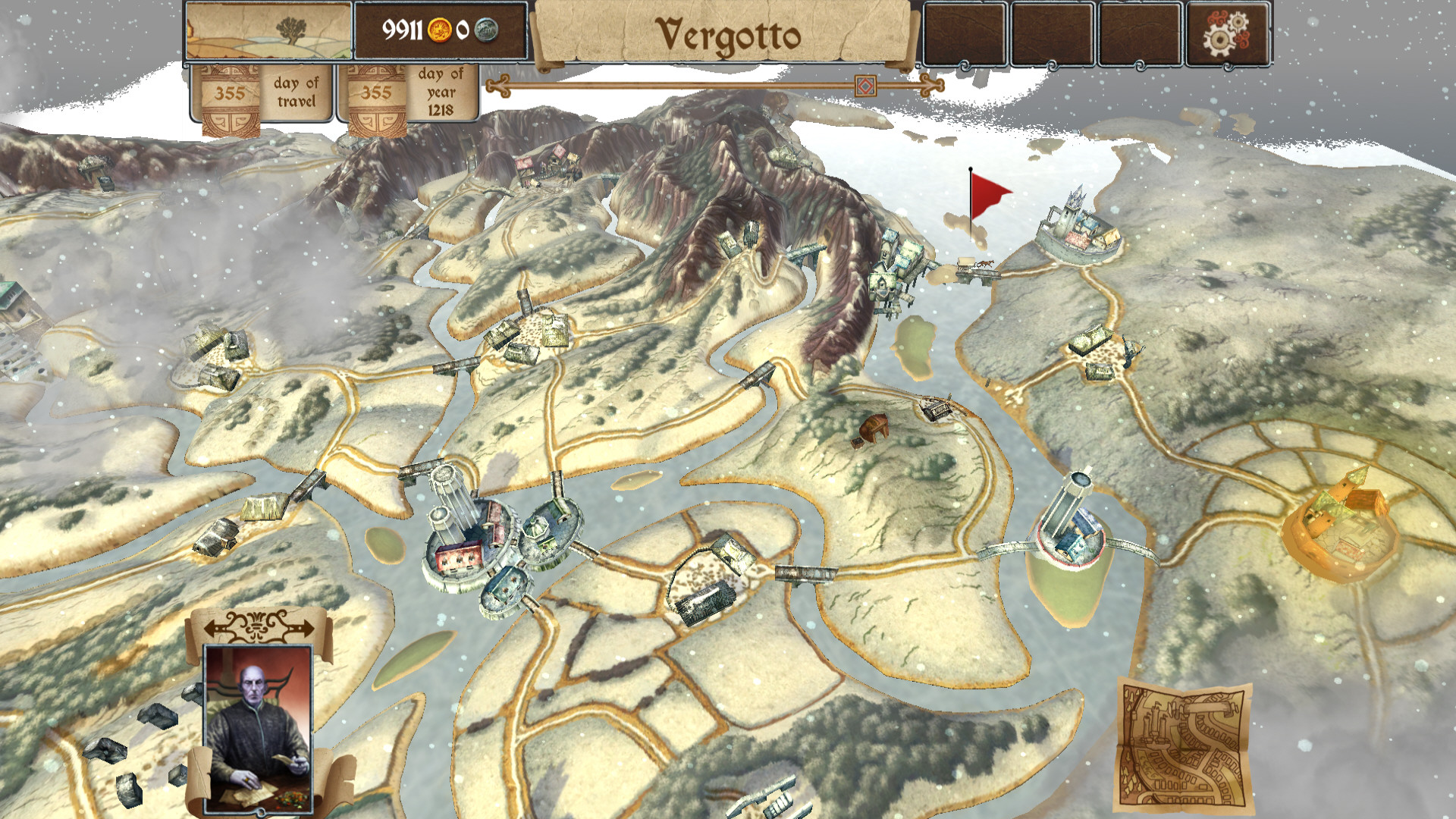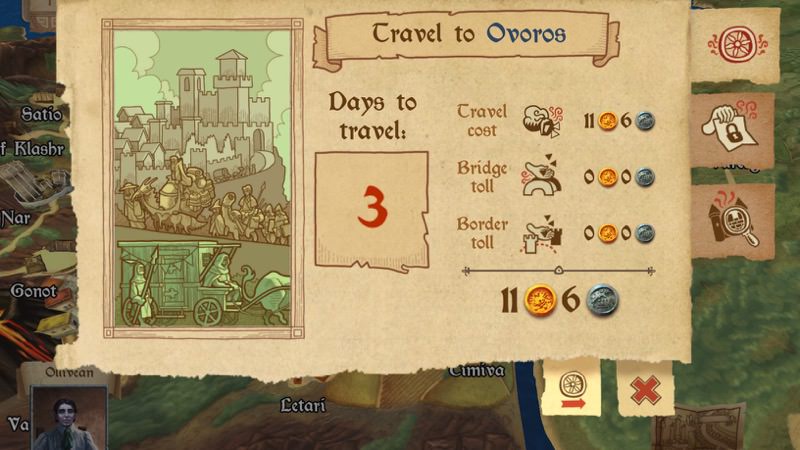

So the farmer went back to the local shrine 大神宮 and got a special amulet. But all night a Yamawaro disturbed him, breaking branches from the trees. Once a farmer tried to make charcoal in the forest and slept there near the kiln. When he came to his senses, there was no sake and all the money had gone. Then he saw the cork of the flask being taken off and heard someone drinking. On the way he met a Yamawaro and got bewitched by him. So he took some money and a flask for the Sake and went to buy some. To prepare the rituals for a new charcoal kiln, the villager needed some 神酒 ritual Sake. 岡山作州 福炭俵 auspicious straw bag decorations for the New Year But when he came back to his senses, he was sitting on a large root of a tree, had a charcoal bag on his hat and hit his own backside (to make the horse go faster in his mind). Īround 1877 a vendor of sardines was deceived by a fox, put on a 鎧 war helmet, sat on his horse and wanted to go to war. Takadono tatara 高殿鑪 hut for working with metal. Even now she is not allowed to come near a charcoal kiln. Therefore after a birth a woman is not allowed to come near the Tatara 鑪. This deity dislikes anything connected to giving birth. So they hid in the kiln and went to sleep there. When asked what happened, they told about hunting for a squirrel and eventually loosing their sense of space and where they were. When the villagers went out to search for them, they found them inside the charcoal kiln. Two young boys went to the mountain and did not come back in time. 北設楽郡 Kitashitara district 御殿村 Midono village

There are a variety of curious taboos associated with Kanayago-kami. Kanayama-hiko-no-mikoto and Kanayama-hime-no-mikoto Tutelary of mines, metals, and the techniques associated with them. Kanayago-kami 金屋子神 Deity of the Blacksmith. Next to 八王子 Hachioji the area around Kokubunji was famous for its charcoal production. Kokubunjimura sumigama 国分寺村 炭がま kiln at Kokubun-Ji village

Sumidawara 炭俵 straw bag or sack for charcoal Sumizori 炭橇(すみぞり)sled transporting charcoal Sumiguruma 炭車(すみぐるま)cart transporting charcoal Sumiuma, sumi-uma 炭馬(すみうま)horse carrying charcoal sumioi me 炭負女(すみおいめ)woman carrying charcoal Sumiyakifu 炭焼夫(すみやきふ)worker making charcoal Sumiyakigoya 炭焼小屋(すみやきごや) hut used for making charcoal sumigama 炭竈 / 炭がま (すみがま) kiln for making charcoal. It takes about a week to cut the necessary wood and fire it in a special kiln. It was also done during other seasons, when they could sell their charcoal well. Making charcoal was not a specialized work, but most farmers did it in the back woods of their home to use as heating. Sumigama 炭竈 と伝説 Legends about charcoal kilns Japanese legends and tales 伝説 民話 昔話 - Introduction.


 0 kommentar(er)
0 kommentar(er)
